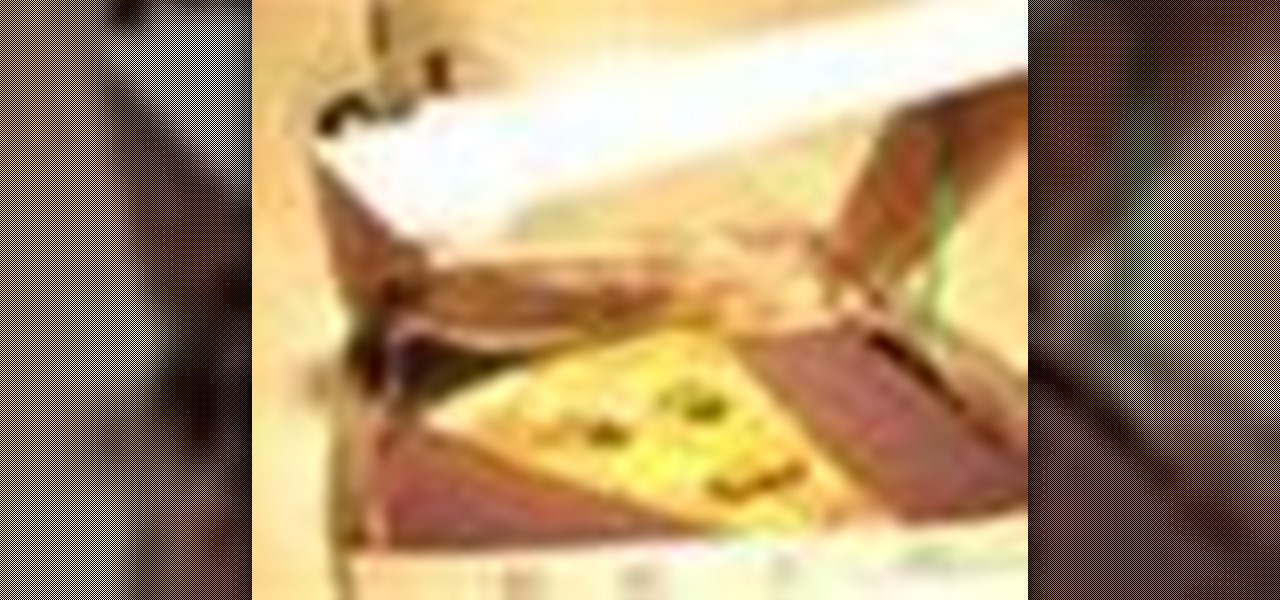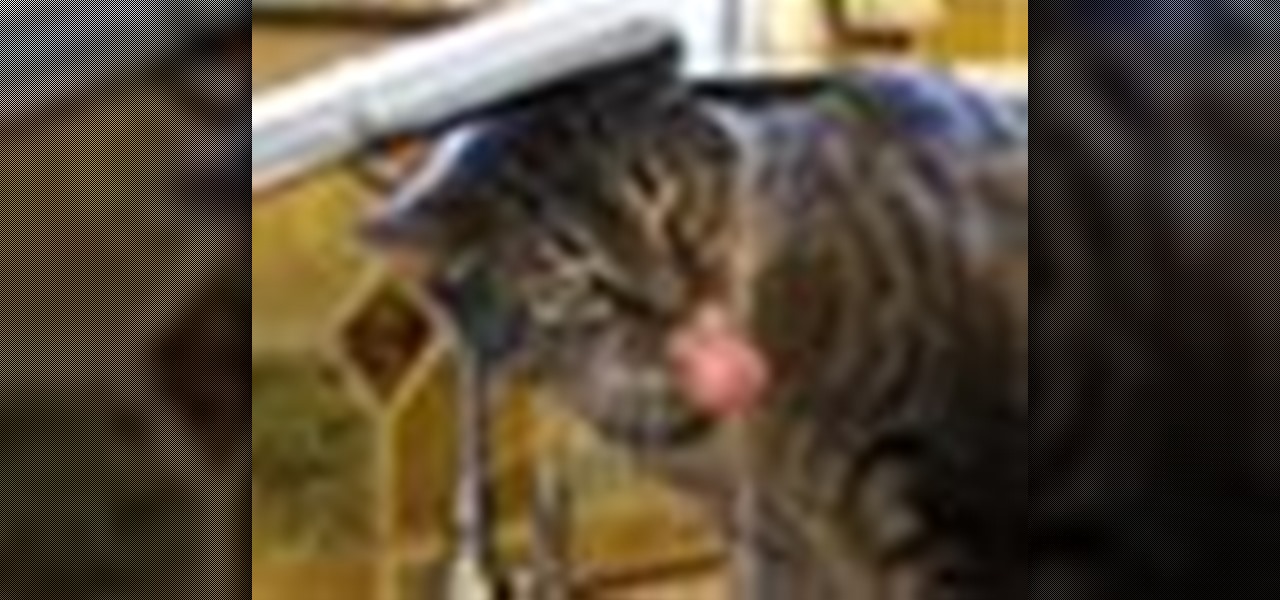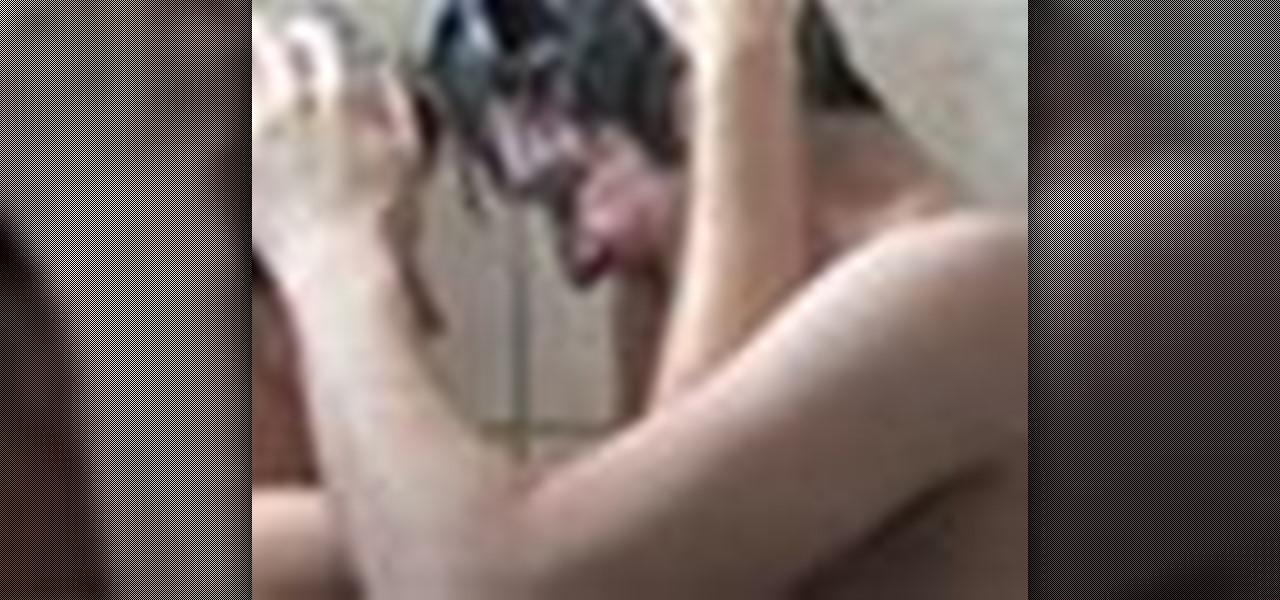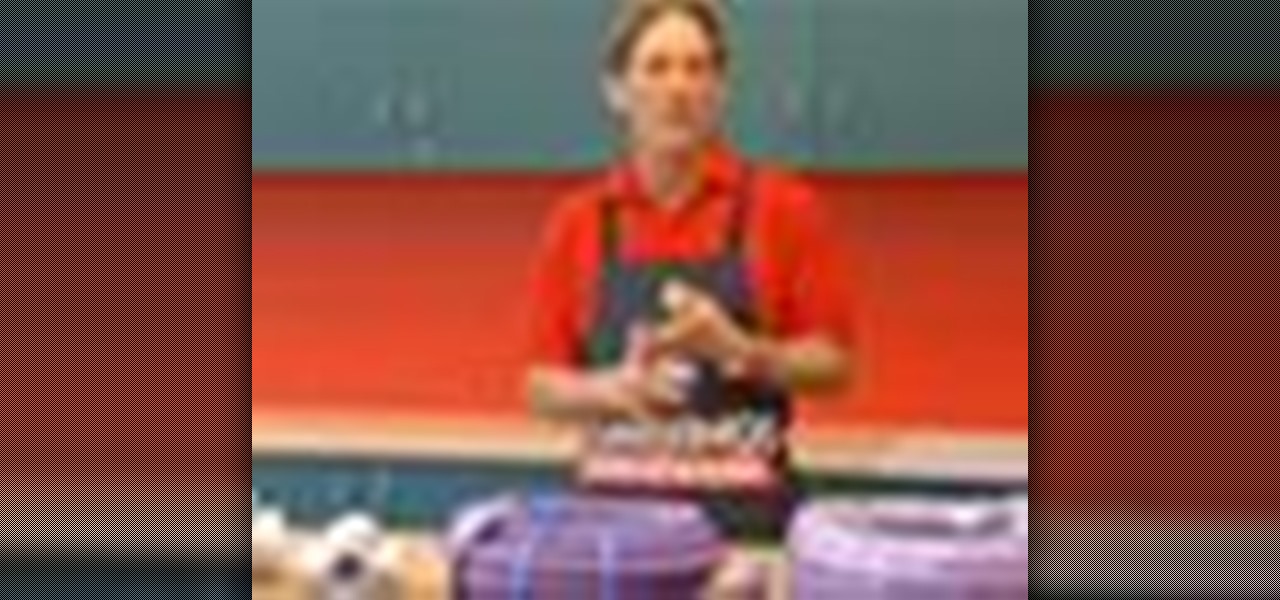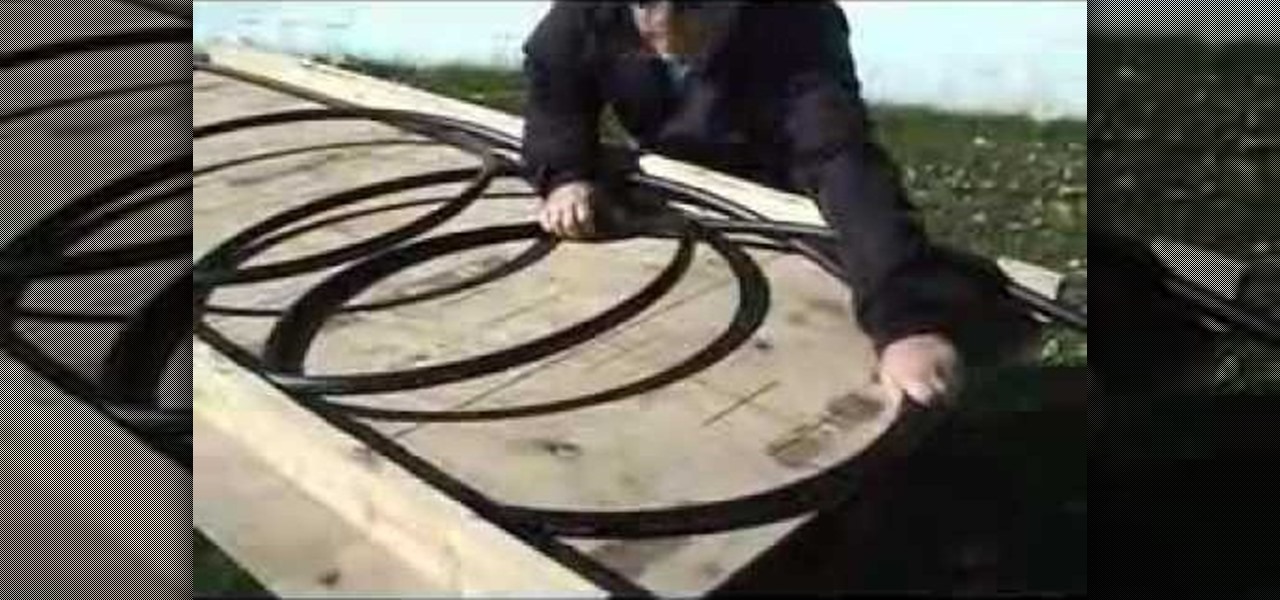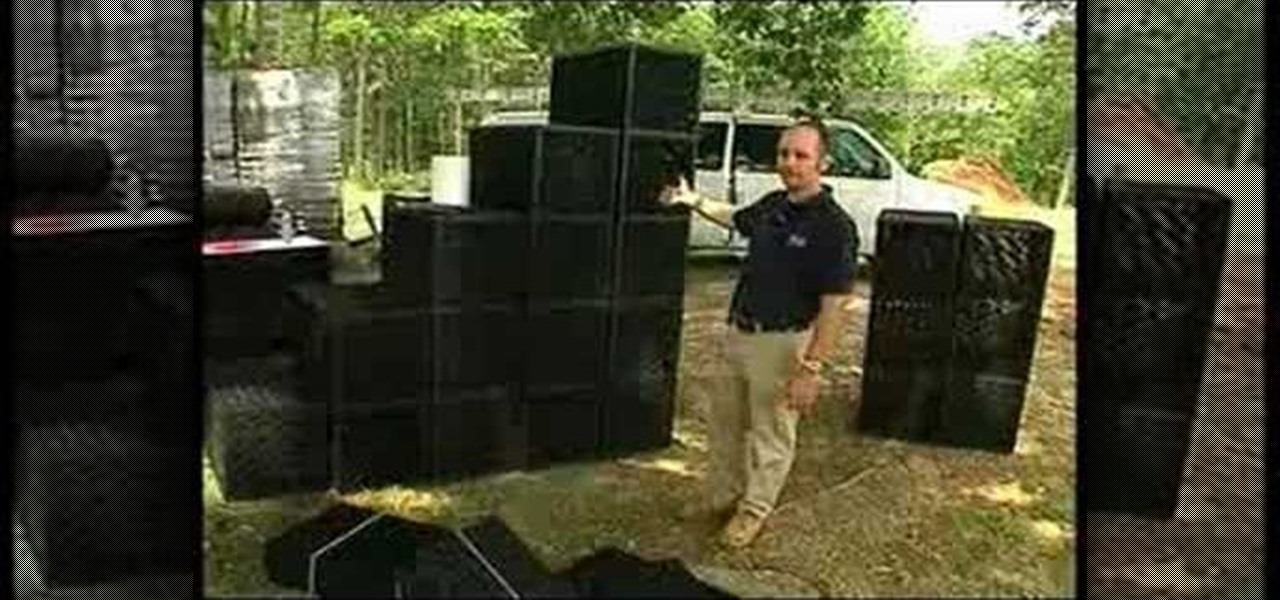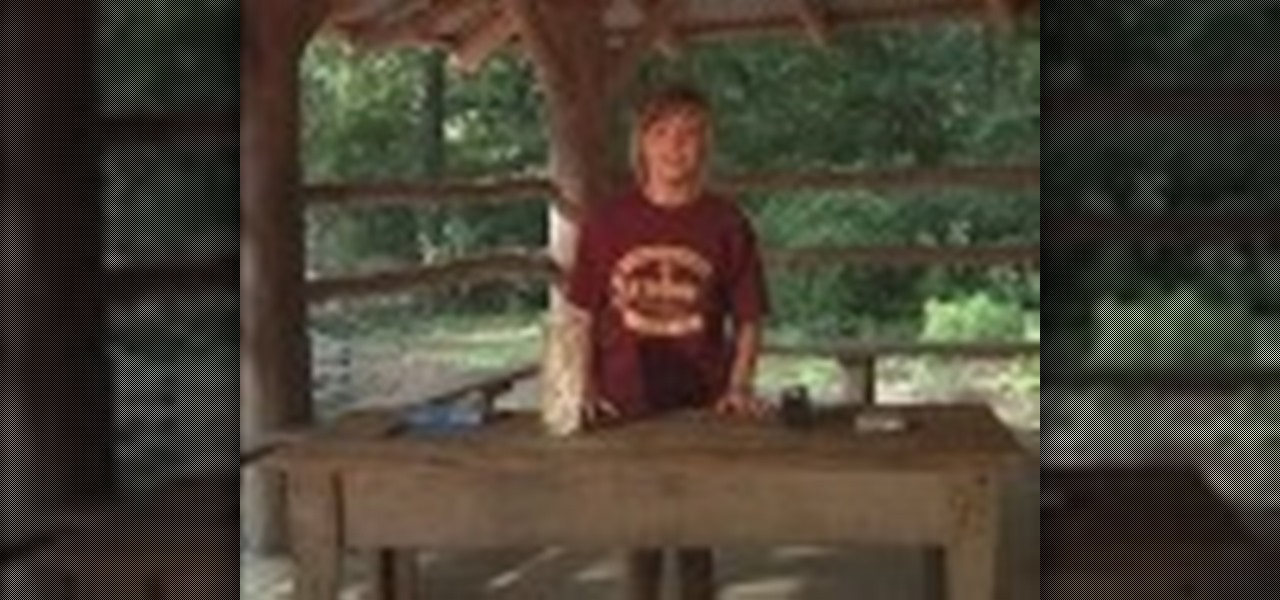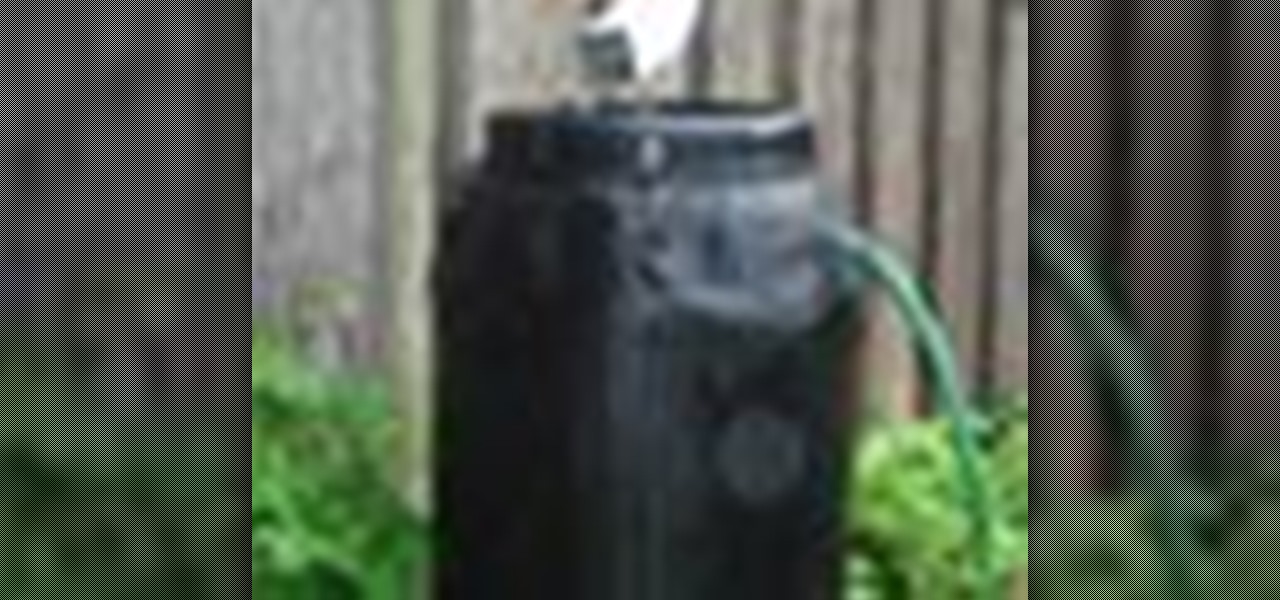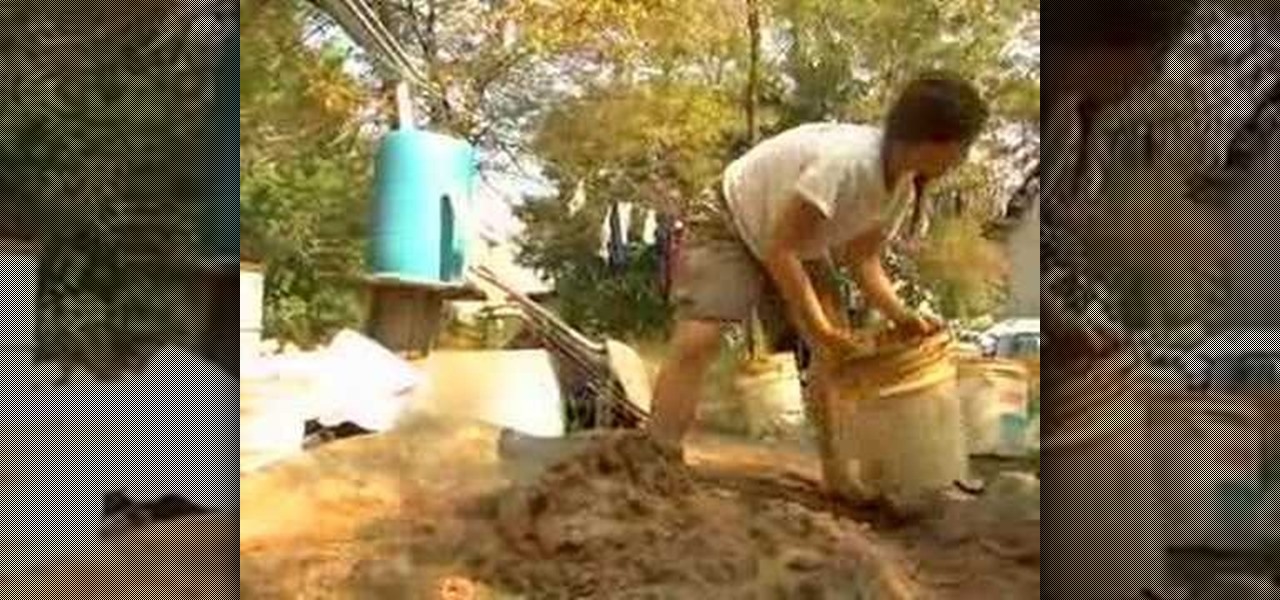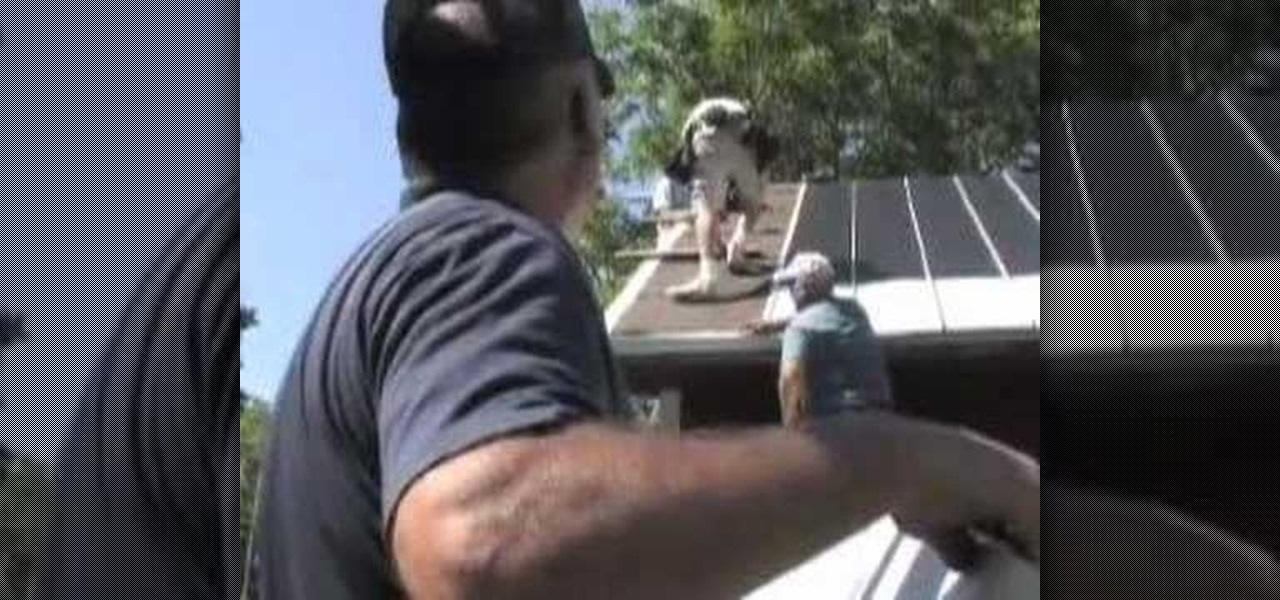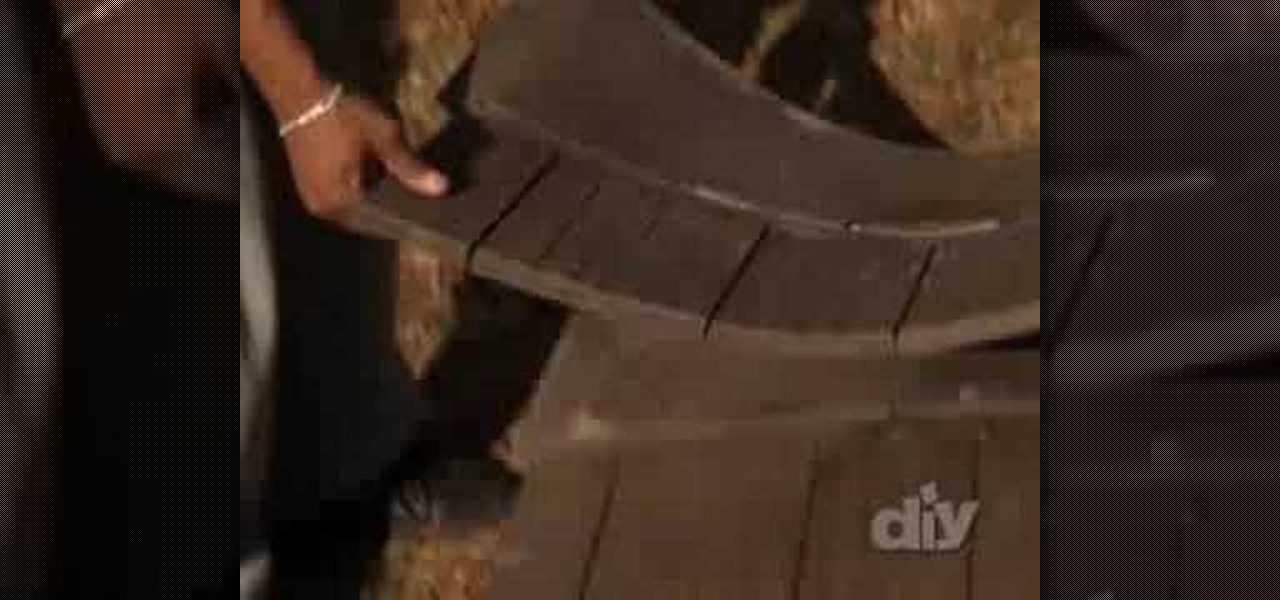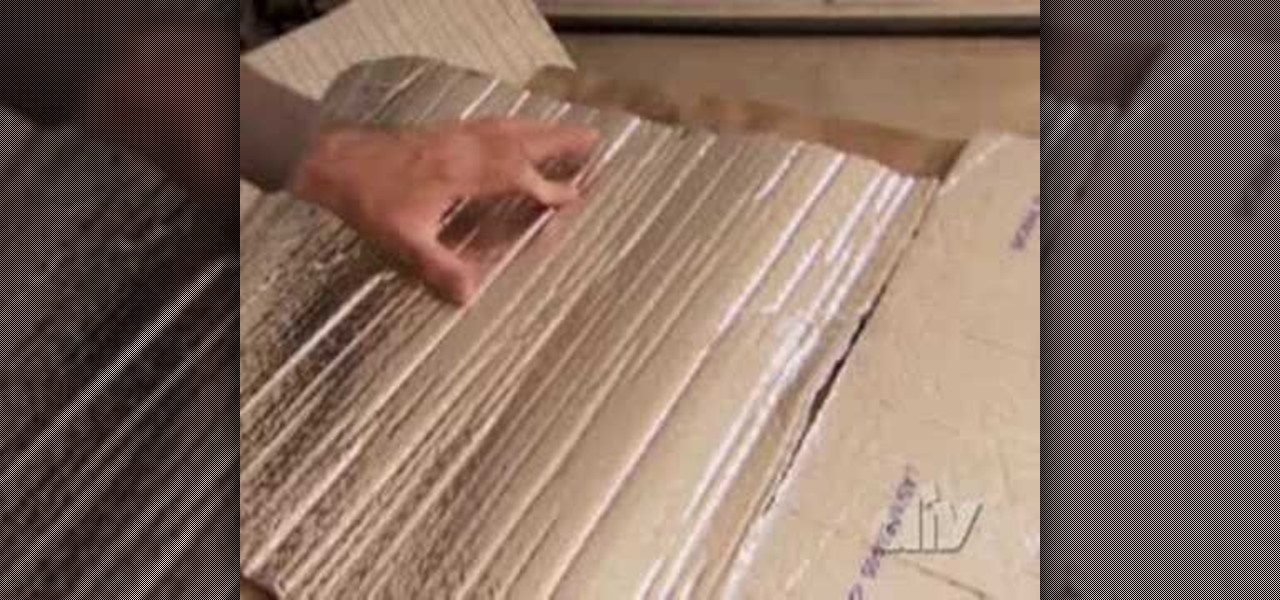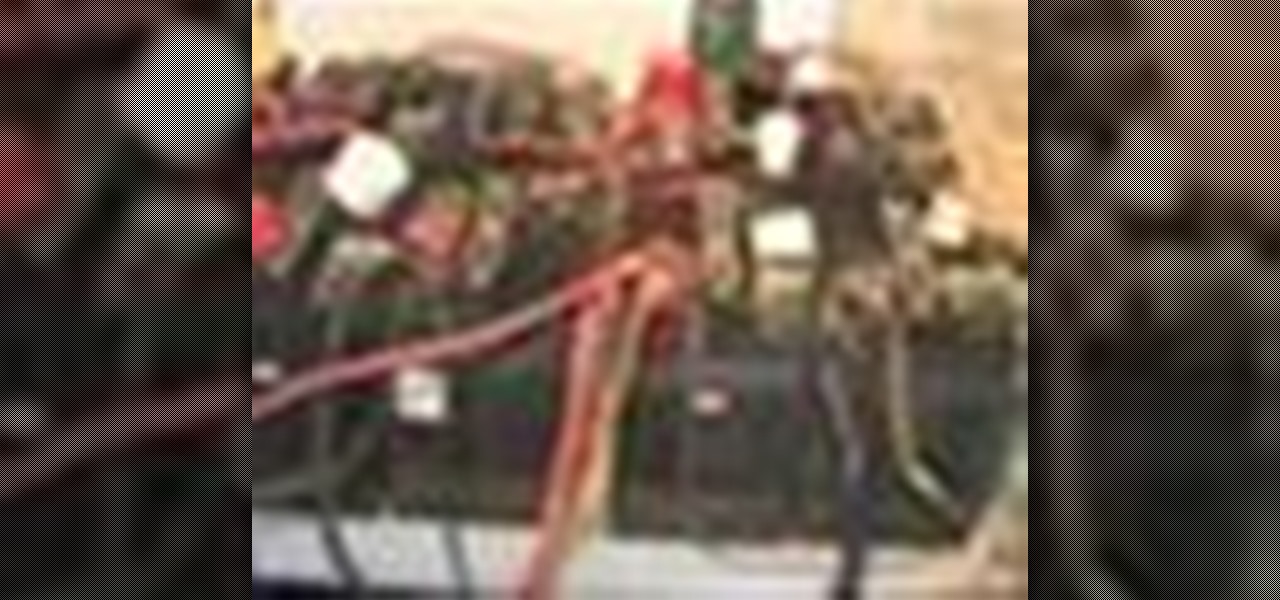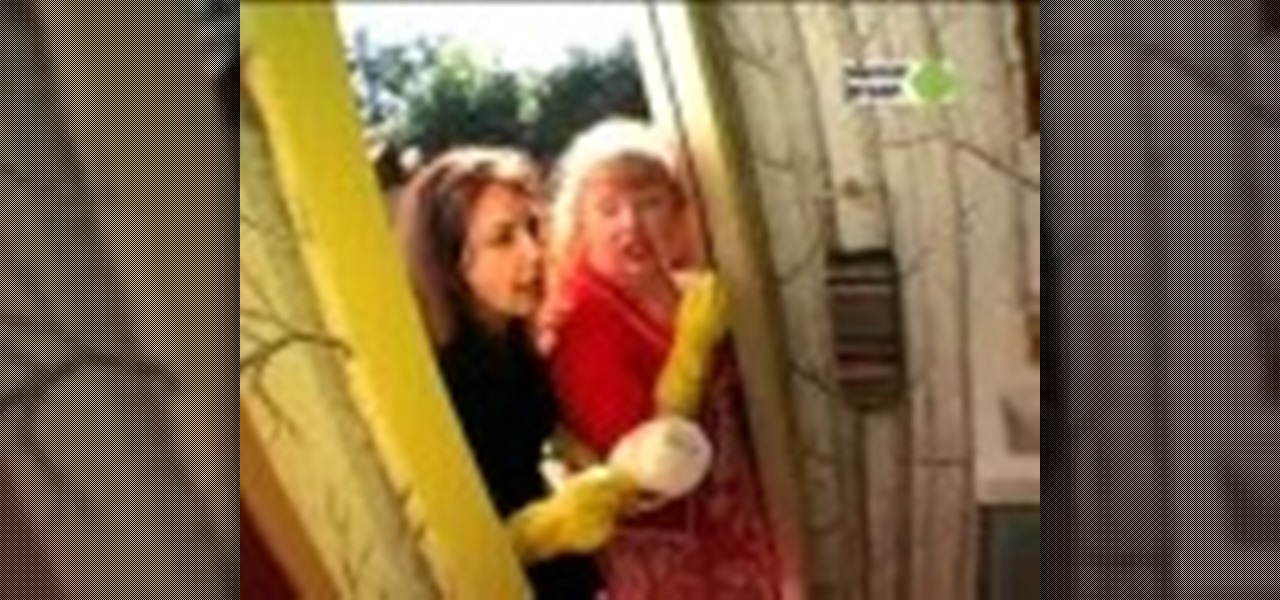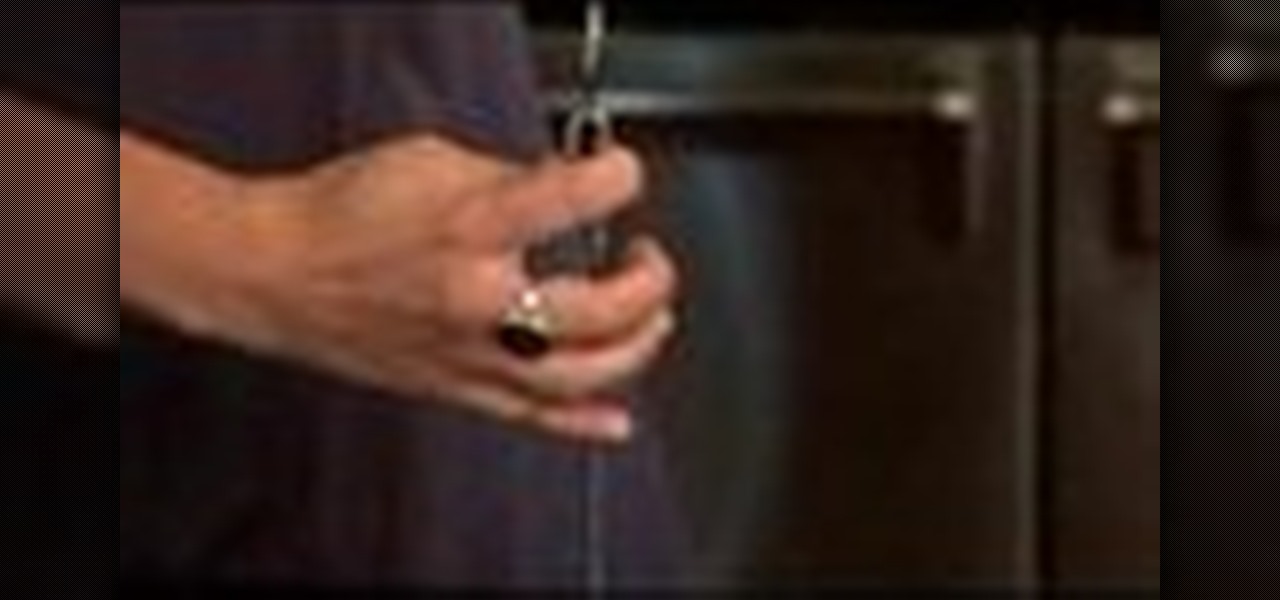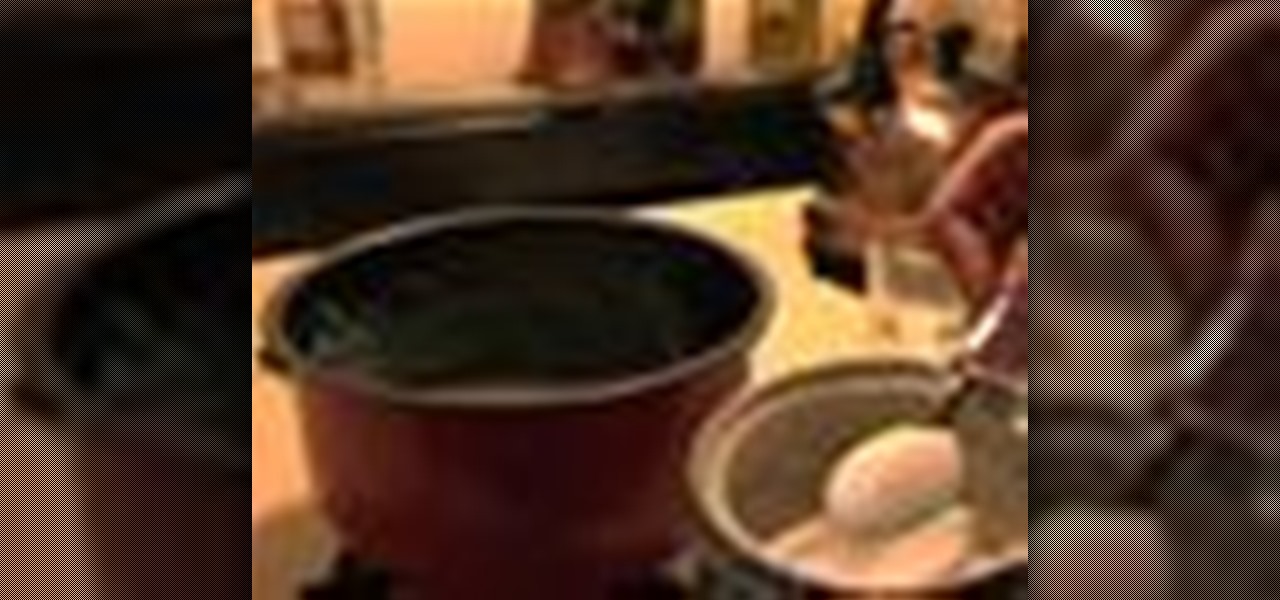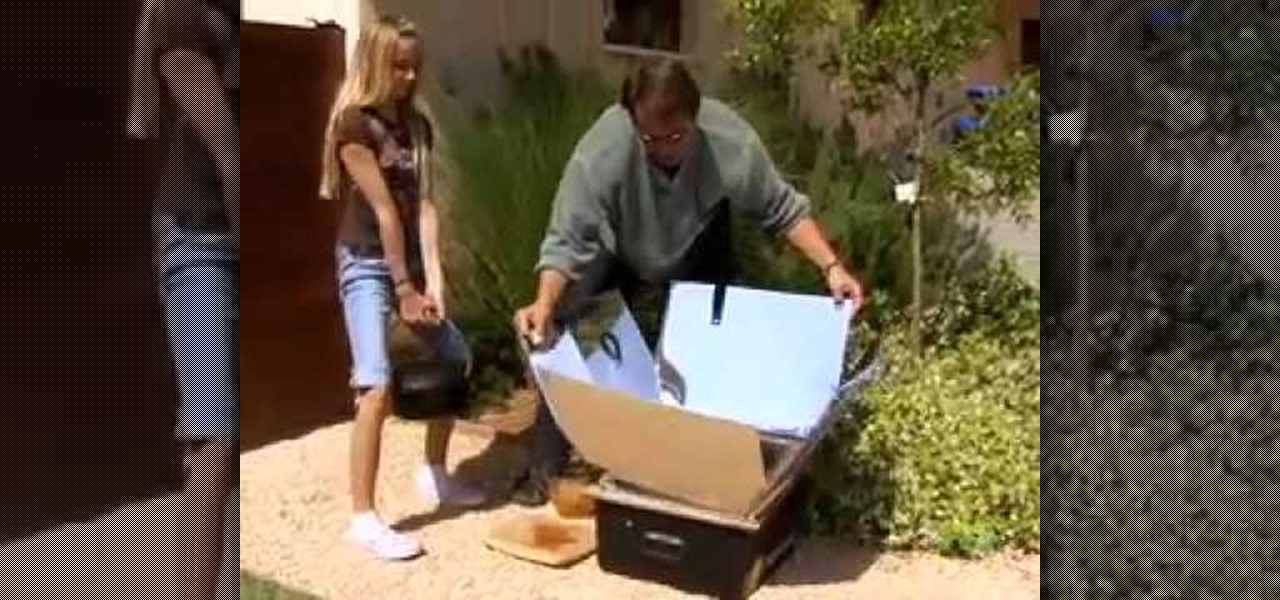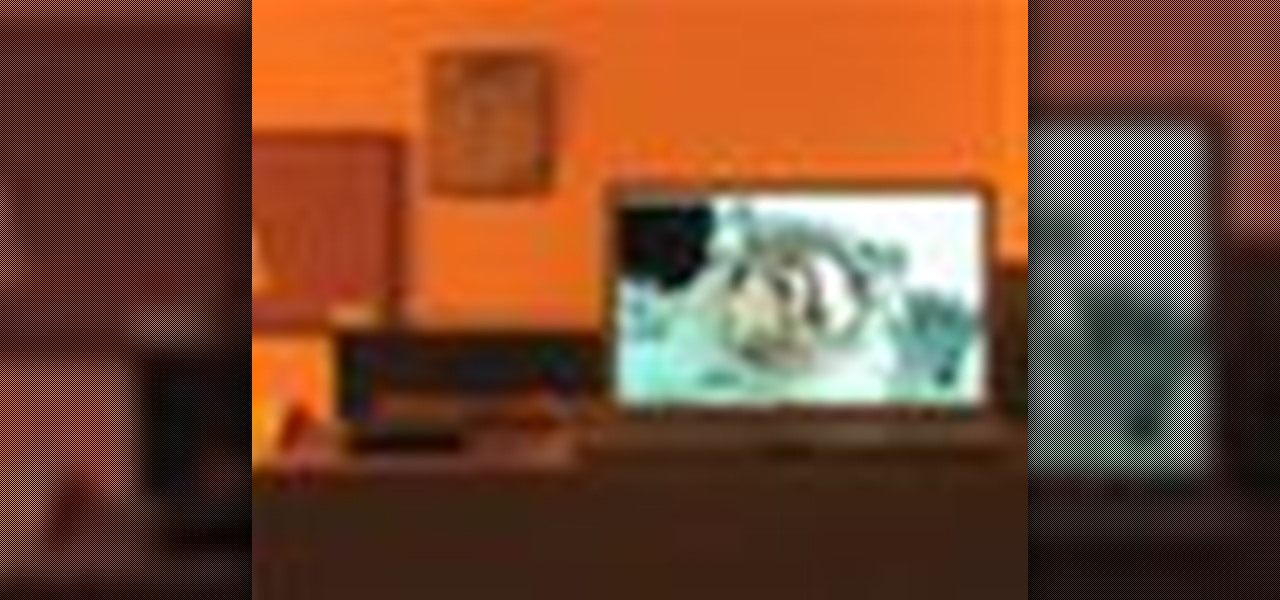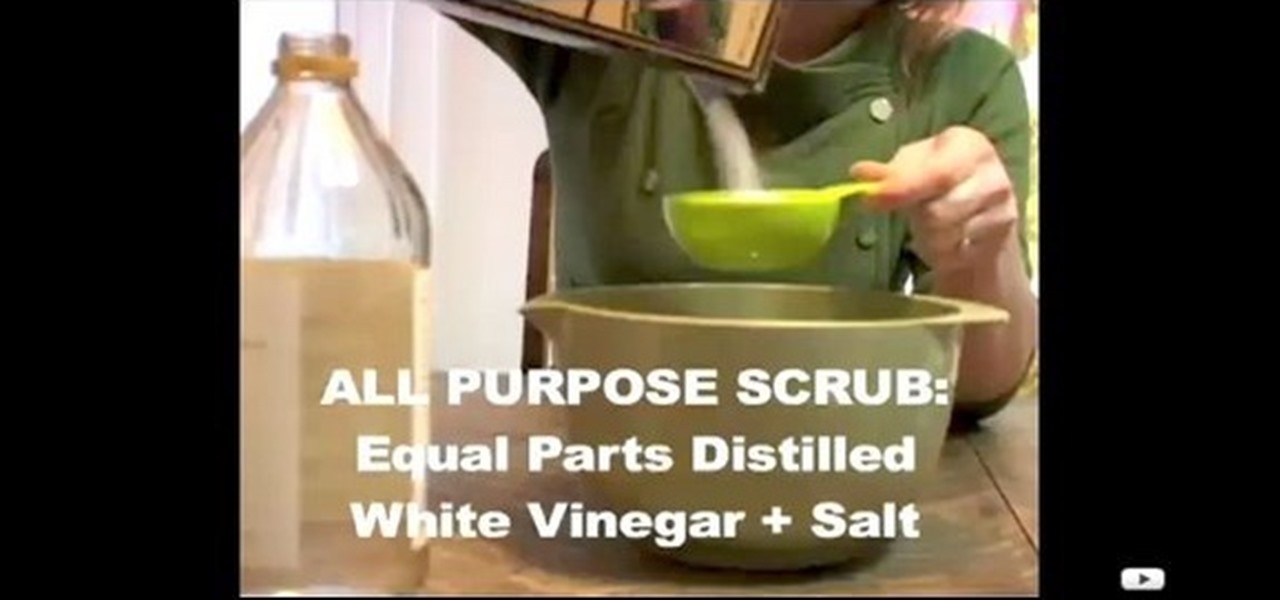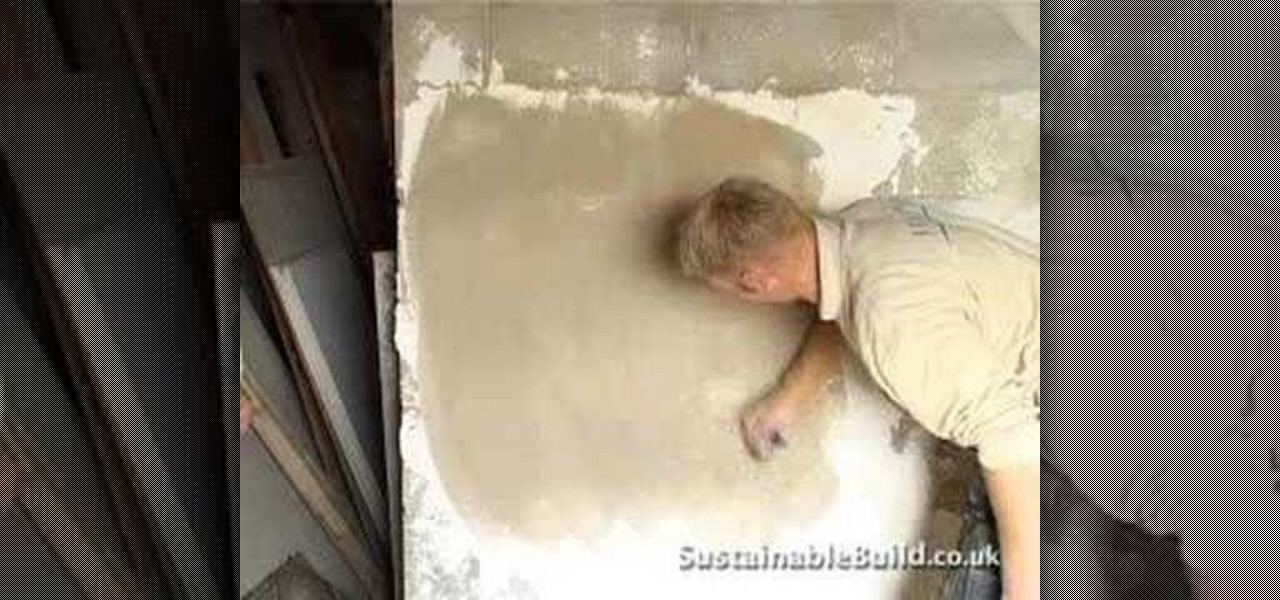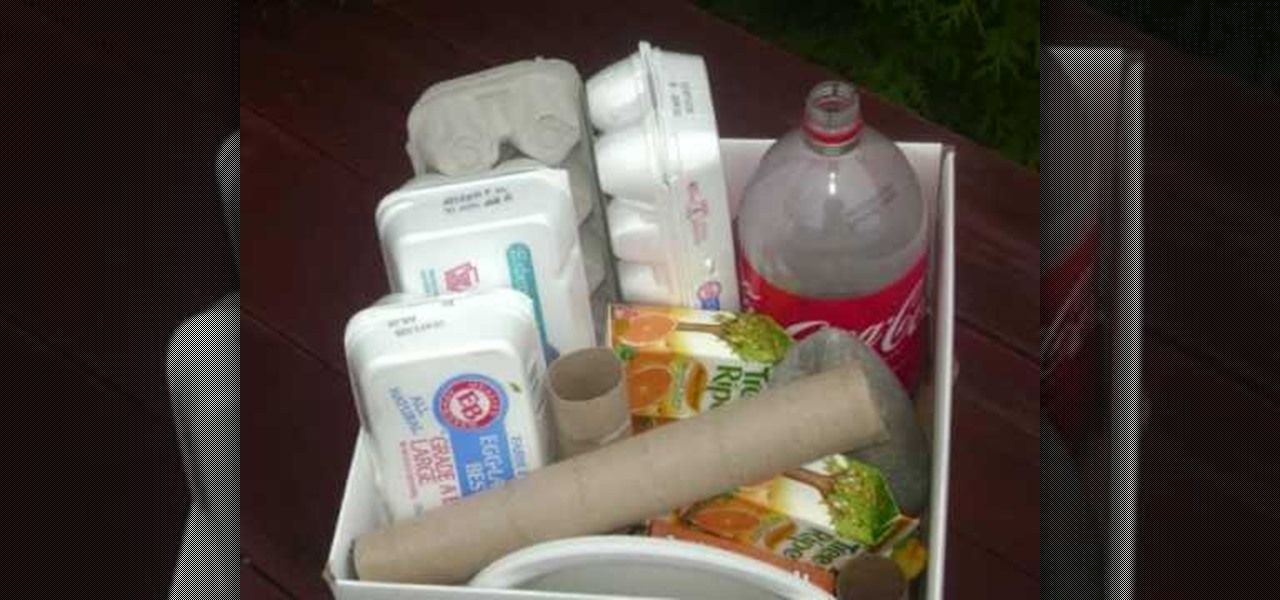
Making crafts with a group of children can get a little hectic and also maybe a bit costly. Recycling materials to use for creative activites with your kids can be a fun and and economicly fiscal alternative to your normal purchases. This video will give you some example on how to recycle materials for your kids arts and crafts. Using these everyday materials, accompanied with some great insight from this video, you can have a lot of fun creating all sorts of interesting projects with your ch...

Patty Moreno, the Garden Girl, demonstrates how to breed worms for the purposes of home composting. With some household tools, organic waste, and worms galore, you can create rich soil while helping the environment. Check out this video tutorial for an in depth look at DIY vermiculture.
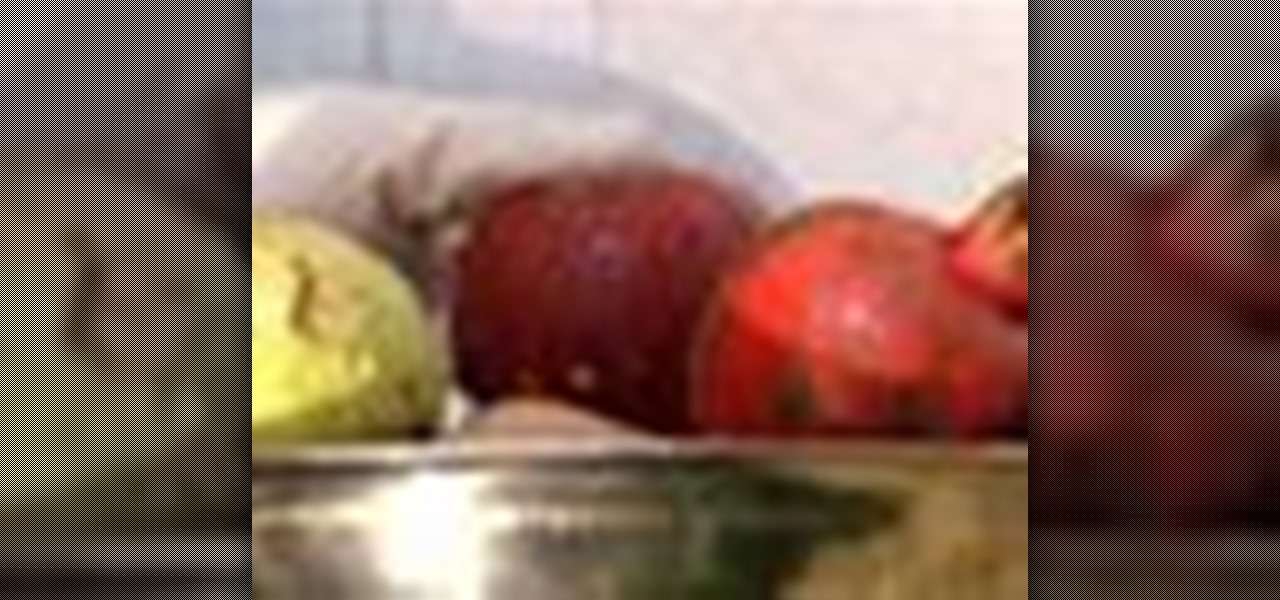
In this tutorial, learn how to wash your fruit and vegetables with a DIY mixture you can make in your kitchen. Wash your fruit and vegetables with this environmentally friendly and economical mixture.
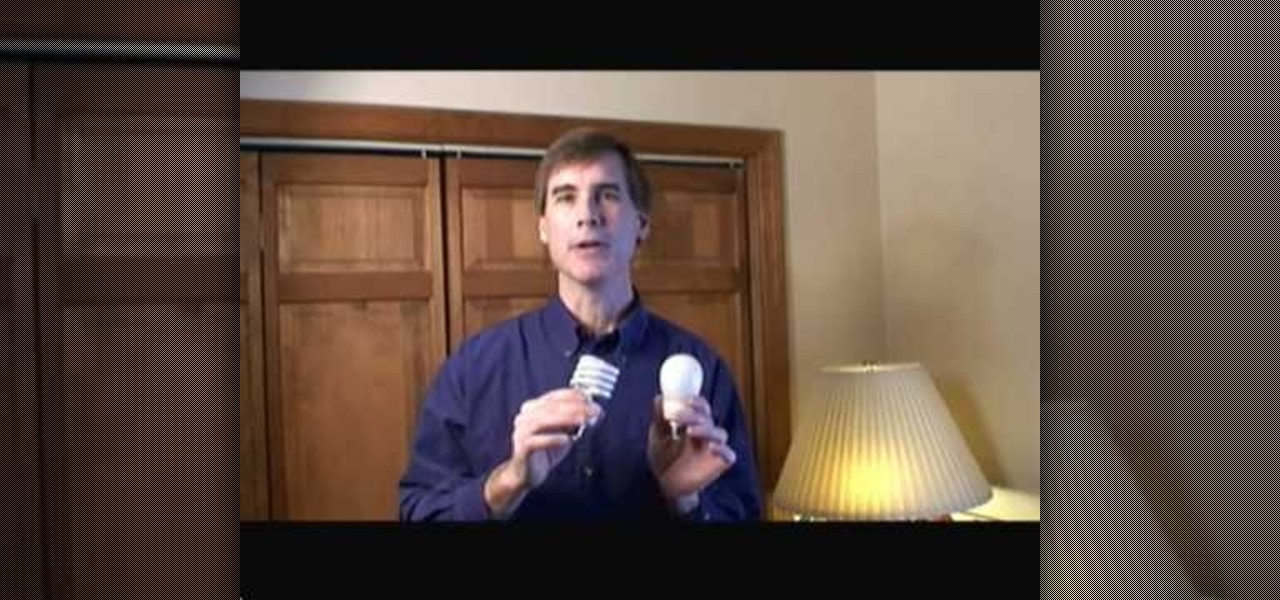
Switching to compact fluorescent light bulbs doesn't just benefit the planet. It will also benefit you personally. Compact fluorescent light bulbs last a lot longer than regular bulbs, and they burn much less power. That adds up to save you a lot of money in the long run. In this video, Mark Donovan of HomeAdditionPlus.com shows us a few of the benefits of using these bulbs.
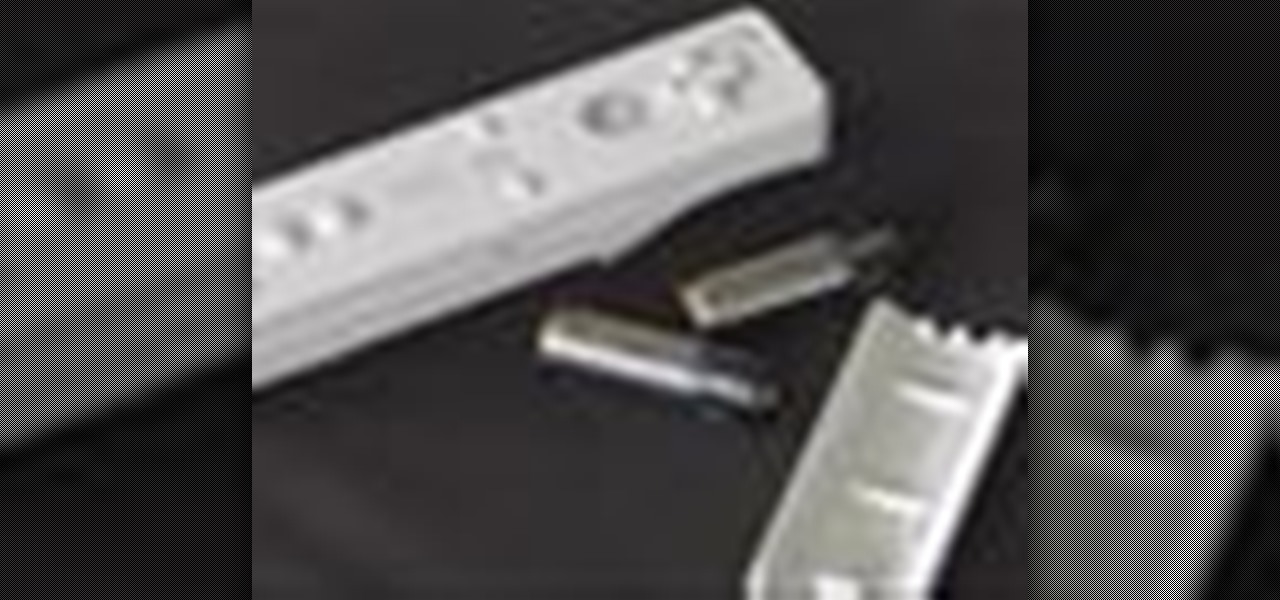
Those old cell phone and laptop batteries staring you in the eye? Don’t worry, recycling them is easy.
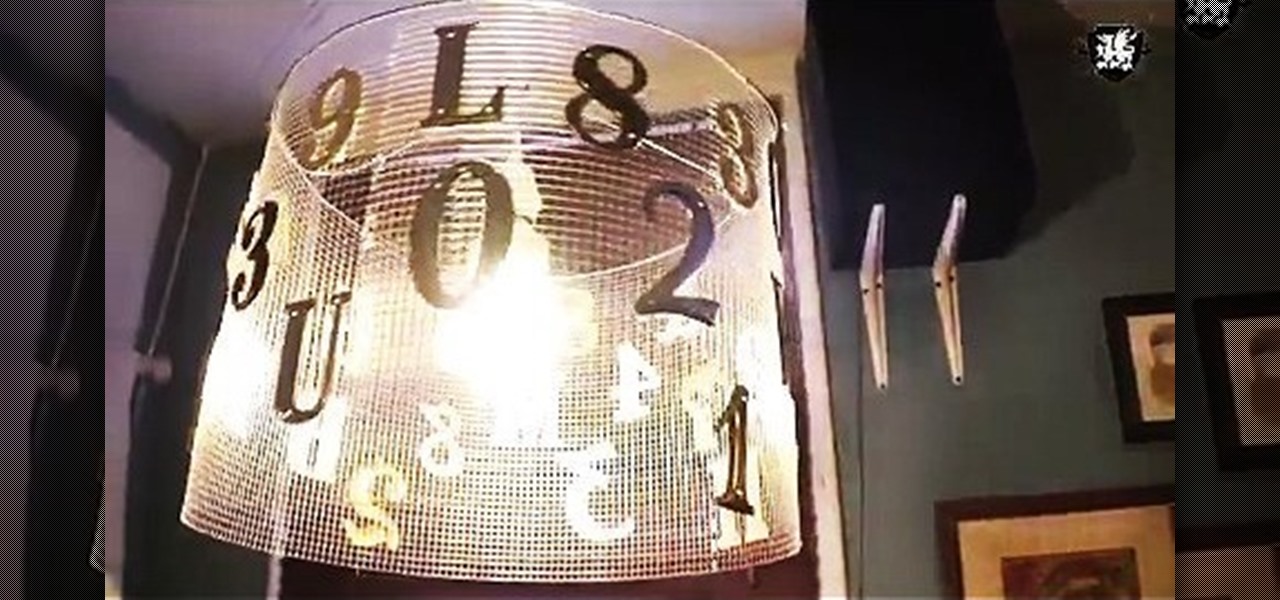
In honor of our Earth, Meg shows us how to upcycle old items into a rad new pendant lamp. Plus, learn some easy ways to contribute to your neighborhood. This video home decorating lesson shows an ecological way to add some style to your space.

Stop throwing out the rolls when the paper towels are gone. There are dozens of good uses for them. You Will Need

Don’t throw away those ripped or saggy nylons! There are tons of useful things you can do with them.

Save that last slice of pizza! You can reheat it in its own container, using the sun's power. Turn a pizza box into a solar oven.

W.H. Auden wrote, “Thousands have lived without love, not one without water.” Indeed, the average American home uses 140 to 170 gallons of water every day. Cut that in half with some water-saving tips.

Have a computer too old to sell? A hopelessly dated phone? Don’t just toss them into the garbage, where they will leach toxic materials into the soil and water. Recycle them. You need to research recycling options, and you will need a delivery method. No reason to toss old electronics, recycle them!

With apologies to the opera singers among us, there's almost nothing we do in a shower that can't be done in a few minutes less. Conserve water, save time and keep life exciting by showering in less time. Wasting water is passe. Get into the future with quickie showers.

Compact fluorescent light bulbs, or CFLs, use about 75% less energy, give off 90% less heat, and last up to ten times longer than old-fashioned incandescents. Changing over is as easy as… well, screwing in a light bulb. This eco-friendly tip will save you some money & save electricity.

Grey water is the used water from your dish washer, washing machine, shower, but not your toilet. This grey water can be recycled to irrigate your home, without wasting clean water. Watch this video tutorial and learn how to choose a grey water system for you home.

Watch this video tutorial to find out how to turn unwanted magazines into practical, creative drink coasters. These coasters last surprisingly long and are easy to make! This crafty project is eco-friendly, and reduces waste in your home. Check out this how-to video and find out a way to recycle old magazines into coasters.

Watch this training video for making Earth Loop Geothermal Slinkies. Geothermal technology takes advantage of the earth's natural heat-storing ability. A geothermal system include three main pieces of equipment: underground piping, a heat pump and an air-handling system. The geothermal process is based on a simple premise: Below the frost line - usually about six feet deep – the earth is a constant temperature of about 50 degrees Fahrenheit all year long.

P. Allen Smith talks with Shawn Hatley of Brae Water about the rain water harvesting system at the Garden Home Retreat. Begin by digging a very large hole. Simple rain tanks conveniently fit into the large dugout. This instructional landscaping video to save up to half a million gallons of water in a single year. Collecting rain water is a cost efficient way to save water and energy while maintaining your garden.

Watch as Jordan, a 4-Her from Louisiana, shows you how to make a solar oven from a Pringles can. You can cook anywhere with this great oven; all you need is the sun! For more, as well as step-by-step instructions for building your own solar oven from a disused Pringles potato chip can, take a look!

In this video tutorial, you'll find instructions on how to build your own barrel as well as learn about the benefits of water of conservation. Rain barrels reduce storm water runoff, provides healthy water for your plants, conserves water and, of course, to the extent that you don't pay for it, will help you to save money. For more, or to get started building your own rain barrel, watch this DIY video guide.

Lately, there's been a lot of building work going on around Dancing Rabbit. So for this episode of Dancing Rabbit TV, they're taking the opportunity to provide a one-two how-to natural DIY building lesson, an in-depth video about earthen plastering techniques and application. Tamar will guide you every step of the the build process, showing how easy it is to make natural plaster from just a few simple ingredients, both making and mixing the plaster, and then applying it to a natural home wall...

This instructional video demonstrates how to build a rodent resistant composter. If you find a rat in your compost, stop adding to it for a time and set a rat trap with bait to catch it. When you begin composting again, use a composter with wire mesh to keep rats out.

Here is the real answer to the question: Paper or plastic? Join your friendly neighbor for a fireside chat about plastic bags and how Americans consume 380 billion of them a year. If you don't need a bag, don't take one. You can use fabric bags and reuse them over and over again. You can also reuse plastic bags for trash can liners, doggy bags, etc.

Installing clean, reliable, inflation-proof solar power is easier than ever thanks to the invention of thin-film photovoltaic (PV) laminates that can be bonded directly onto metal roofing panels. Unlike crystalline PV material, there's no need for obtrusive racks and heavy, expensive glass. Instead, unbreakable thin-film PV is produced using amorphous silicon, encapsulated in Teflon and other polymers. Watch this video to learn how to install PV laminates on your own roof.

You can save money and the environment by building a pet house out of eco-friendly materials. The doghouse in this how to video is built on the same green principles as a human home. Watch and learn how easy it is use recycled materials for your dog's house.

The garage is the largest uninsulated part of the home. Make your garage energy efficient and help cut heating and cooling bills with a little insulation. Watch this how to video and learn how easy it is to use reflective foil or foam core to keep the effects of the weather out of your home. Insulating also helps reduce noise reduction.

Goggles are an effective way to protect your eyes. When you can't find a pair, don't resort to not using goggles; make your own. You literally won't have to spend a dime on Materials because you probably already have these items. You might even throw them away from time to time. Watch this do it yourself video tutorial and learn how to make a pair of goggles.

Use solar energy, wind energy, and recycled water to saved energy in your home. Learn about saving energy in your home with natural or solar power in this free video.

In this how to video, ultimate Cheapskate Jeff Yeager demonstrates green, inexpensive ways to do laundry. There are many ways to save the earth and your money when doing laundry. This tutorial shows you how.

Even dryer lint can be recycled. Watch this how to video as ultimate cheapskate Jeff Yeager gives dryer lint new life. There are more uses for dryer lint than you can imagine.

The regular toilet is a huge waste of water, and those low flow toilets don't always get rid of your "business." The Keep it Green girls discover an eco-friendly way to discard human waste and create compost for your garden. Learn how to turn your waste into compost with the composting toilet.

Learn how to neutralize urine as it is used to create fertilizer for house plants with this tutorial. This is a great way to reuse your urine and make a great fertilizer for your garden. All you need is magnesium chloride and urine.

Annoyed by summertime wasps? This how-to video will show you how to assemble a humane wasp trap in under one minute using marmalade, water, a disused plastic bottle and a pair of scissors.

Storm water runoff can cause damage to the foundation of your house as well as to the environment through soil erosion and water pollution. A great solution to this problem is a rain chain. This tutorial teaches you how to make and hang an unique rain chain from recycled material.

For a natural alternative to wallpaper or poster glue, consider using wheat paste. This clear, permanent adhesive is used by artists and decorators and is simple to make.

Want to make your yard look as beautiful as a golf course? Weed eat the edges of your lawn to get a clean, crisp look.

Kevin Contreras makes chicken marsala in one of his favorite innovations, a solar oven, reminding us of yet another fun, easy yet great way to green our daily lives.

In this week's GreenerBusiness Podcast, we show you how to find new purpose in an old one foot piece of bamboo and a CD case. Who wants wires cluttering their iPod area? No one. Use that bamboo for a dock! And see how many possibilities they are for a simple CD case to be more than a simple CD case.

The design of our set is very simple and effective, so we wanted to take some time on this first episode to talk about how we made it. Hope you enjoy this episode and all future GreenerBusiness Podcasts.

Learn how to make homemade organic cleaning supplies and how to create a better library. In preparation for the up-coming gardening season, get a quick tip on bringing a little green into your nest.

If you're not Tom Sawyer it might be hard to get someone else to do your washing. Watch this video to learn how to do lime washing yourself.










